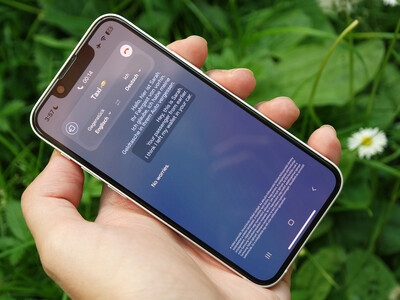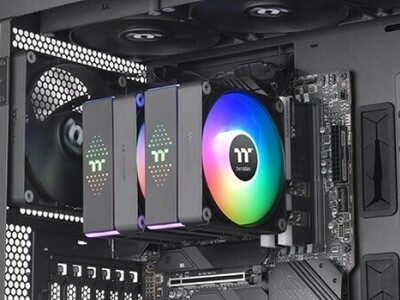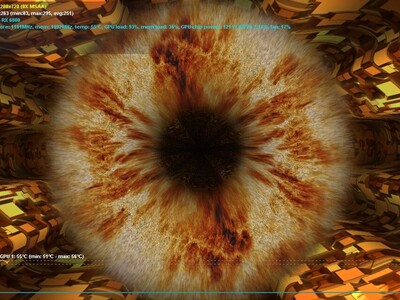- Készülőben a Xiaomi 2021-es csúcsmodelljeinek HyperOS frissítése
- Yettel topik
- Oppo Find X5 Pro - megtalálták
- iPhone topik
- Honor Magic6 Pro - kör közepén számok
- Fotók, videók mobillal
- Azonnali mobilos kérdések órája
- Samsung Galaxy A54 - türelemjáték
- Honor Magic5 Pro - kamerák bűvöletében
- Samsung Galaxy S24 Ultra - ha működik, ne változtass!
Hirdetés
-


Samsung Univerzum: Így ismerhető meg a Galaxy AI bármilyen telefonon
ma A Try Galaxy webalkalmazás kontrollált környezetben mutatja meg, mit tud a One UI 6.1-es rendszer és a mesterséges intelligencia.
-


Karácsonyfaként világíthat a Thermaltake új CPU-hűtője
ph Az ASTRIA 600 ARGB ráadásul a hűtési teljesítmény szempontjából sem szégyenkezhet.
-


AMD Radeon undervolt/overclock
lo Minden egy hideg, téli estén kezdődött, mikor rájöttem, hogy már kicsit kevés az RTX2060...
Új hozzászólás Aktív témák
-

Joczek
tag
Újabb PR cikk, ami mehet majd a süllyesztőbe. A jelenlegi jobb CMOS szenzorok QE értéke (Quantum Efficiency) 50% körüli, a látható fény ekkora százalékát hasznosítják.
"The reporter who wrote this story misunderstood the original Nature article. The performance boost was actually relative to previous graphene sensors, not relative to traditional tech. Apparently, even these new graphene sensors still stink on ice in terms of visible light performance when compared with CMOS. They're great for non-visible light, though.
 "
" -

Joczek
tag
Ez fotózás terén nem fog sok újat hozni. Félrevezető írás rossz információkból.
Despite the poorly written article, this sensor tech is very *insensitive* compared to what you currently have for visible light technology. It's a 1000x improvement compared to previous wide-band graphene detectors, which can sense light from the visible out to 10um mid infrared (your camera can't do that). So no, this won't help your camera photograph at higher ISOs. And current camera sensors are within spitting distance of the theoretical physical limits on low light performance: while they've improved tremendously over the past couple decades, the noisiness of low-light pictures with the best current generation sensors is close to what you'll always be stuck with --- its the result of there being a finite number of photons, with sqrt(N) counting statistics fluctuations, available for even a "perfect" camera to see.
Új hozzászólás Aktív témák
ma A Nanyang Műszaki Egyetem kutatói minden eddiginél nagyobb érzékenységű és sokkal olcsóbb képérzékelővel rukkoltak elő.
- Az USA nem akarja visszafogni Kína növekedését
- VR topik (Oculus Rift, stb.)
- Melyik tápegységet vegyem?
- Készülőben a Xiaomi 2021-es csúcsmodelljeinek HyperOS frissítése
- Spórolós topik
- Politika
- PlayStation 5
- The Division 2 (PC, XO, PS4)
- Napelem - 100%-os támogatású pályázat
- Visszaveszi az alapértelmezett tuningot az egyik csúcslapjában az ASUS
- További aktív témák...







 "
"

